The secret life of bumblebees: Fighting queens, pollinating tomatoes, and the males who 'stay out all night, get drunk on nectar and look for sex'
Did you know there’s only one insect capable of pollinating tomato plants — and that the insect in question is the bumblebee? Clive Aslet finds out more.
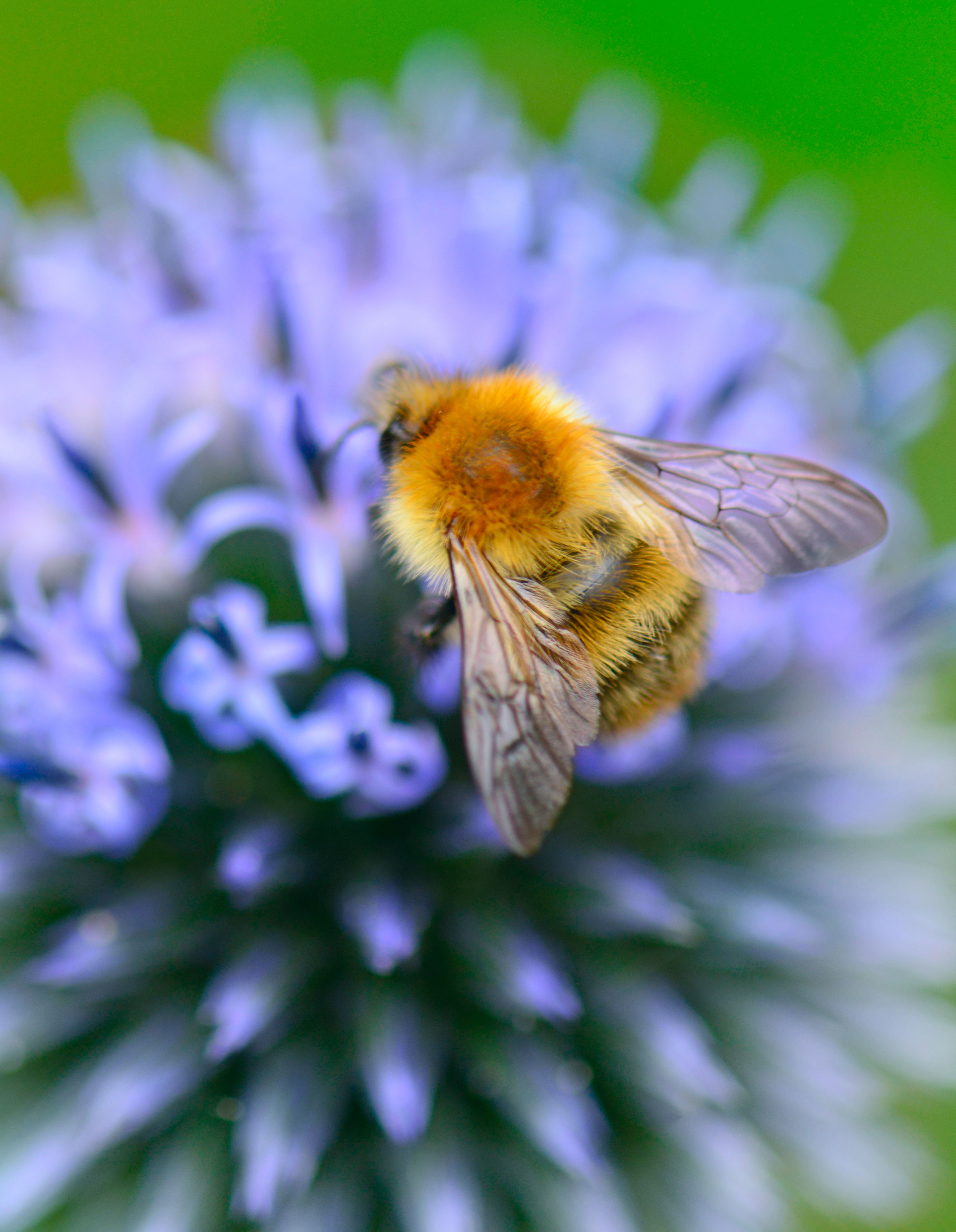
It is a sunny afternoon. There’s a deckchair on the lawn. A tall glass containing an iced drink of some inviting kind — I’m sure nothing stronger than lemonade — stands beside it. The senses are surfeited, eyelids droop. What is the aural background to this scene? Inevitably, the vibrating, bassoon-like note of the gloriously named Bombus (we thank the French entomologist Pierre-André Latreille for bestowing it in 1802; it’s the Latin word for buzz or hum) does her rounds.
Its ‘drowsy tone’, to quote the American thinker Ralph Waldo Emerson’s poem The Humble-Bee, evokes summer days, when nothing much can go wrong and it wouldn’t matter if it did: ‘Wiser far than human seer,/Yellow-breeched philosopher!’ Emerson was writing after he had lost a useful part of his income in the banking Panic of 1837. Today, in a world of lockdowns and self-isolation, the fascinating bumblebee still has the power to console.
Now, here is something to amaze you. There is only one insect capable of pollinating tomato plants and that’s the bumblebee. Tomatoes keep their pollen tightly stored in anthers that other flying creatures cannot open. Bumblebees are big, burly things (even the girls). They can dislocate their wings, push their muscly thoraxes up to the anther and shiver; this is something they also do — being (another unexpected fact) warm-blooded — to warm up. The vibration occurs at exactly the frequency needed for the anther to spring open, leaving the bumblebee to fly off dusted all over in yellow pollen.
If bumblebees didn’t exist, growers would have to tickle the anthers by hand, using a slender wand; it is a time-consuming business. To save the tedium and labour costs, large glasshouses import thousands of boxes of bumblebee nests each year, from France and Belgium, where our Bombus friends are farmed in hangars.
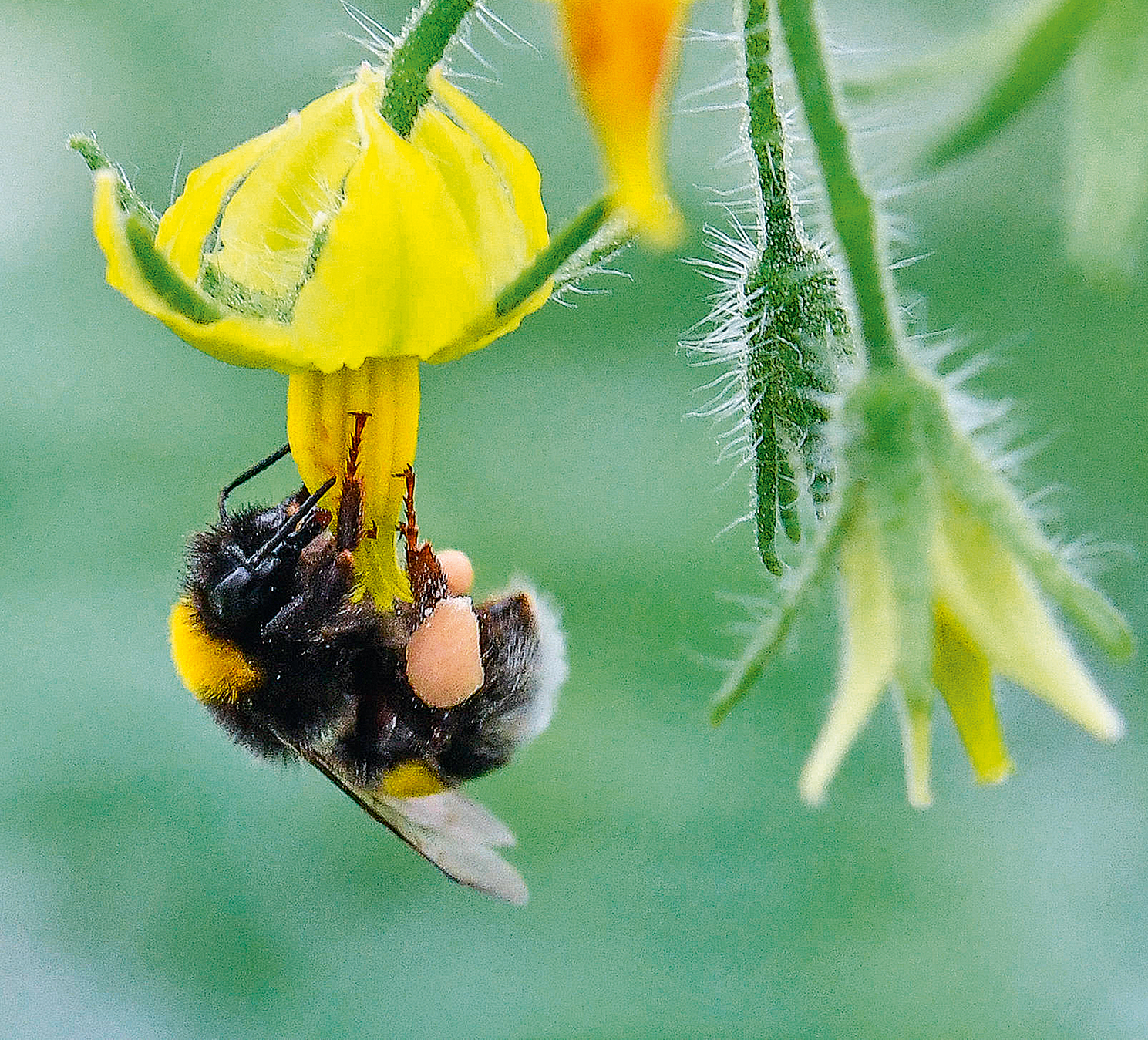
They aren’t commercially reared in this country, but the imports are of native species to reduce the damage from escapes. (Additional biosecurity comes from their diet of sterilised pollen, scraped from the legs of specially bred honeybees when they return from the meadows.) No tomato tastes as good as one pollinated by a bumblebee.
Large and slow moving, undisturbed by human company and unlikely to sting unless trodden upon — the males have no sting — the bumblebee is a genial garden companion. It isn’t only the tomato that benefits from her attentions. Her long tongue can reach to the back of tube-shaped flowers with anthers beyond the reach of other bees.
She isn’t related to the honeybee or the many different types of solitary bee — those that don’t live in communal nests — which are Hymenoptera. Bombus is a genus of its own, with 24 surviving species in the UK — and how remarkable she is.
Sign up for the Country Life Newsletter
Exquisite houses, the beauty of Nature, and how to get the most from your life, straight to your inbox.
You will have noticed the gender: it isn’t accidental. Bumblebees are always female in spring. The boys don’t come out until later, which is all too typical of the male of this genus: ‘He does nothing except stay out all night, get drunk on nectar and look for sex,’ says Gill Perkins, of the Bumblebee Conservation Trust.
The bumblebee year can start early. In southern counties, the appropriately named early and buff-tailed bumblebees stagger out of hibernation in February, followed by the white-tailed bumblebee in March. These pioneers will be queens. They are, as queens should be, fat — but not as fat as they were when they went into their own lockdown, perhaps nine months before. Only the best fed will have survived the winter ordeal. Their return to the outside world begins a lifecycle that generally lasts three to four months.
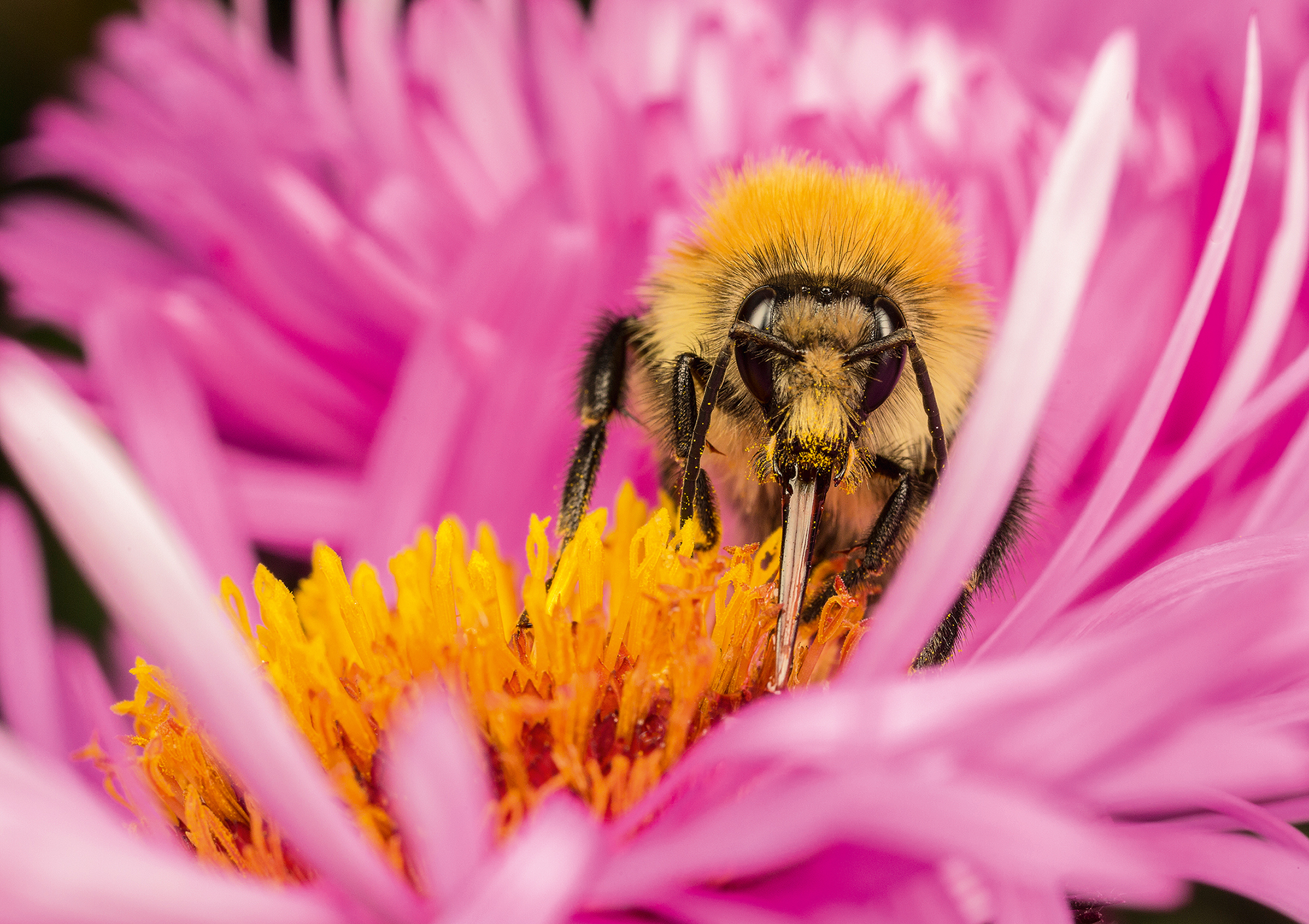
The first thing they will do is to feed voraciously. ‘They drone slowly through the cold air, labouring to find scarce spring flowers,’ writes Prof Dave Goulson in his incomparable A Sting in the Tale. Pussy willows, one of the few trees to be in flower, may attract hundreds of hungry queens. The flowers droop under the weight of these ‘zeppelins of the insect world’. Having stocked up on nectar, the bees will find protein-rich pollen from catkins and other male flowers, which they need to develop their eggs. They already have a supply of sperm, saved from a brief mating tryst with a male (now dead) the previous year.
Having fattened up, the queen searches for a new nest site, zigzagging low to scan the ground. There are differences in requirements between species. She may favour an underground location, but won’t want to dig for it — pre-made tunnels such as old mouse nests, openings in compost heaps and cavities beneath sheds may all be good possibilities. She will often land to check out likely holes. Sites must be well hidden from badgers, which seem to be impervious to bee stings — or are, perhaps, happy to suffer them for the nest contents of delicious eggs and larvae.
Bumblebee boxes bought from garden centres are almost always ignored. Carder bees — of which there are three species, all ginger — card, or comb, strands of dead grass and moss with the bristles on their legs to make cosy balls. The tree bumblebee nests in hollows in tree trunks.
Whatever the site, the ritual is consistent between species — and I promise you, I’m not making this up. The queen begins by making a little cup, shaped like a thimble; she does this using wax excreted from her body, which she moulds with her legs. The cup is filled with honey (concentrated nectar) and accompanied by a selection of pollen balls, rolled up and stuck together with honey. Her larder thus complete, the queen is ready to lay her eggs and fertilise them with last year’s sperm. The nectar cup and pollen balls will see her through the incubation period, during which she’ll sit on the eggs like a bird.
The first eggs to hatch will, after an unattractive period as grubs, emerge as girls. Here are the workers. They gather food, store it, expand the nest and look after the queen, who will be laying more eggs.
It is a model of harmony — up to a point. Trouble comes when a queen of one of the cuckoo bumblebee species manages to barge her way into the nest and attack the existing queen; if she is victorious, she will take its place and the workers will then raise her eggs. The first queen will probably be dead, although she may have surrendered and become a worker herself. Worker bees sometimes lay their own eggs. This is not tolerated by the queen, who eats them.
What of the boys? Queen bumblebees can choose the sex of their eggs by turning on a pheromone, which instructs their development. Male bumblebees are needed to produce sperm and nothing else — they do not contribute to the communal life of the nest, which they leave, never to return. Theirs would be the life of Riley, except for the disproportionate number of males to queens. It is unlikely they will mate more than once, if that.
Trying to distinguish between the different species isn’t easy. White-tailed bumblebees have, unsurprisingly, a white tail — but then, so do some buff-tailed bumblebees. Telling workers from the sybaritic males often comes down to size, although the shape, length and angle of the antennae can be another clue.
The great yellow is difficult to miss — ‘they’re like big, fat flying ping-pong balls,’ says Mrs Perkins — although you won’t see one outside Caithness, Sutherland and the Orkneys. They used to fly over the whole of the UK, if not in large numbers, but, since the 1960s, have retreated to the machair grasslands of north-east Scotland. This retreat echoes the fate of so many insect species, the decline principally caused by the intensification of farming.
Wild-flower meadows have all but disappeared, leaving a mere 3% of those that used to bloom in the days of haymaking. Hedgerows, with honeysuckle tangling amid spring-flowering thorns, were ripped out. Insecticides did their worst: today, neonicotinoids can prove the last straw for bee populations that are already suffering extreme stress.
When the rulebook for farm support is rewritten after Brexit, some of the wrongs done to the bumblebee since the Second World War could be righted. Watch this space. Before that, garden-owners can do their bit if they plant more of the generally old-fashioned species that pollinators love, avoiding complicated, difficult-to-access double flowers, the stamens of which have been transformed into extra petals for a showier, but pollen-poor effect.
Information on the plants and nest-sites the insects like is provided by the Bumblebee Conservation Trust’s website at www.bumblebeeconservation.org, but, for identification, I prefer its excellent publication Bumblebees: an Introduction. It’s impossible to compare a flying bumblebee to an image on a screen and still difficult enough with a book. Entomologists recommend capturing the creature in a net and transferring to a glass tube for the purposes of study, but this can be distressing for the bee, so don’t keep it in there for more than a few minutes. I have not done this yet, but it would make a wonderful stay-at-home summer project.

Credit: Alamy
The truth about bees: 'I'm a hopeless fan... but plants are cleverer than insects. They have to be.'
Charles Quest-Ritson looks at the fascinating interplay of plants and their pollinators, explaining how what really goes on in your
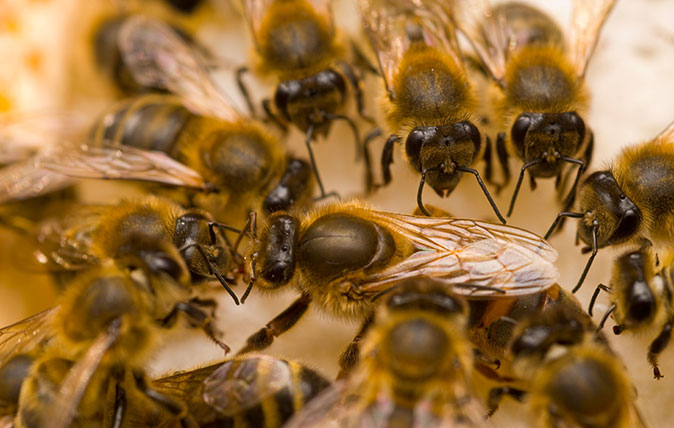
Credit: Alamy
Curious Questions: Which came first, the bee or the wasp? And why is the Queen Bee such a slapper?
The fascinating world of bees has long held broadcaster and journalist Bill Turnbull in thrall. He takes a look at
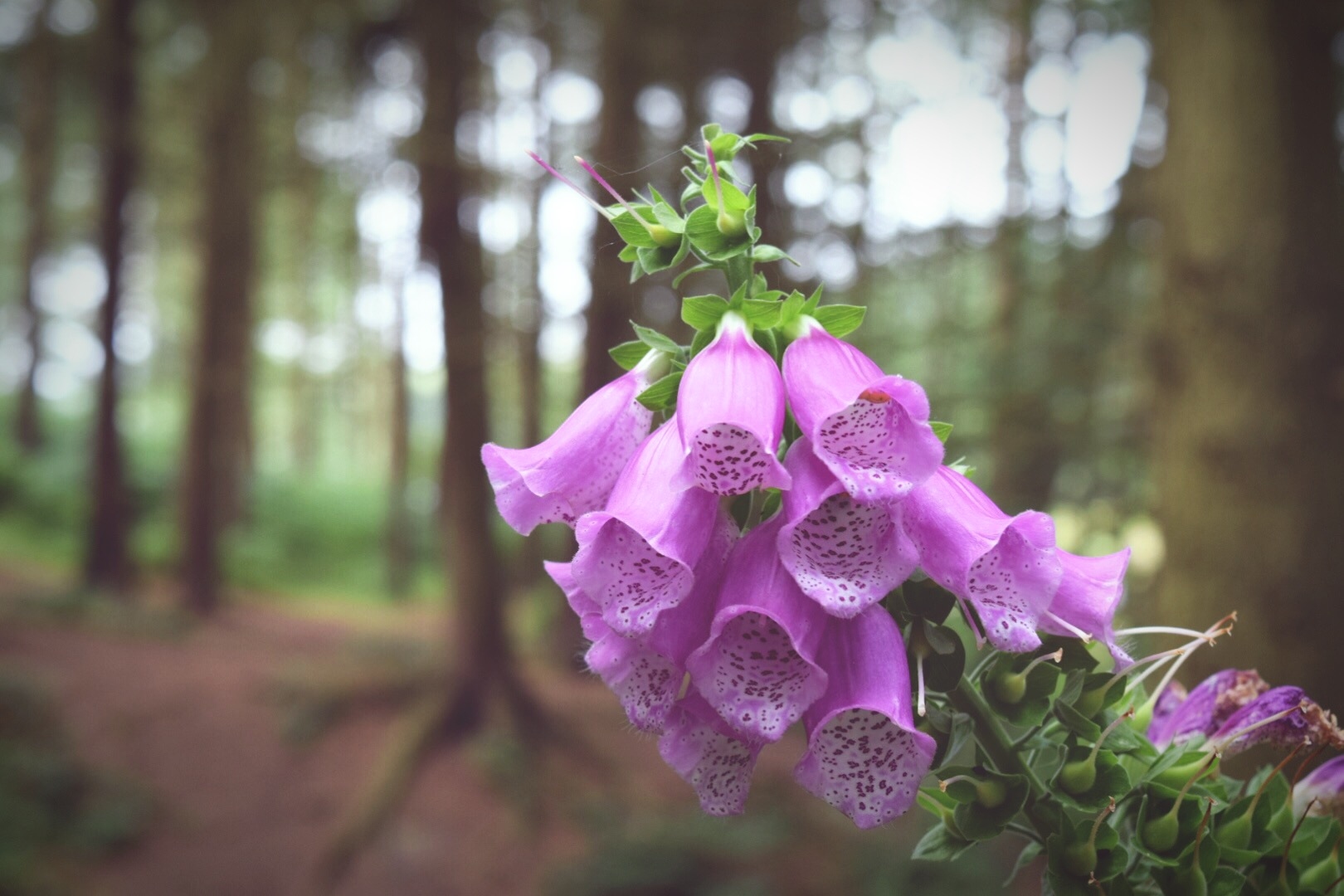
Credit: Getty Images/EyeEm
Everything you need to know about Foxgloves: Beautiful, useful, poisonous — and a dream for bumblebees and plant-breeders alike
Charles Quest-Ritson celebrates one of the most striking flowers of this time of year, and offers his tips on how
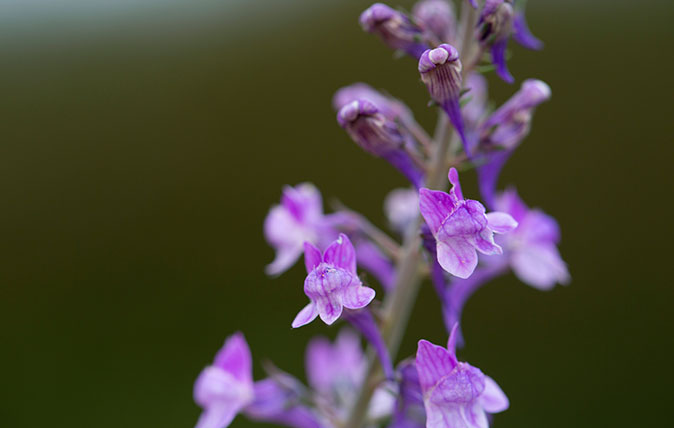
Credit: Alamy
The daftest plant name in English, and how it belongs to a wonderful flower just starting to show its potential
There are a lot of silly names for flowers our there – and Charles Quest-Ritson has a chilling warning for those

